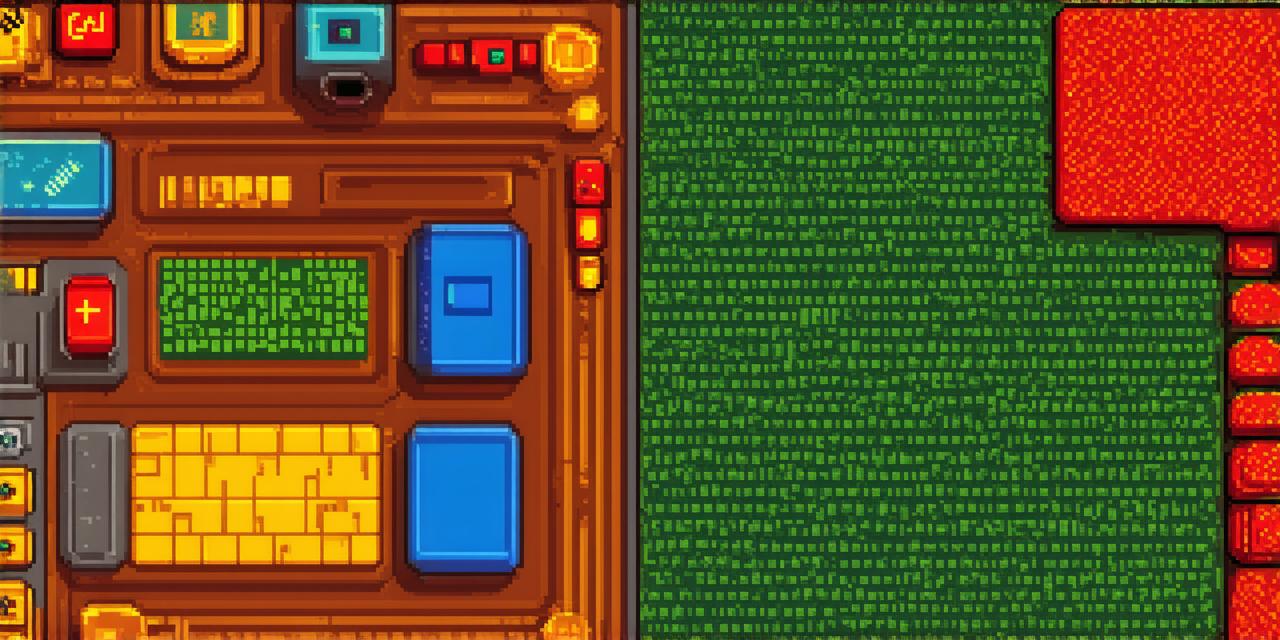Mobile games have become increasingly popular in recent years, with millions of people downloading and playing them on their smartphones and tablets. If you’re a game developer looking to create your own mobile game, you may be wondering where to start. In this article, we will provide you with a step-by-step guide on how to make a basic mobile game.
Conceptualization: Define Your Game’s Idea

The first step in creating a mobile game is to define your game’s idea. This involves brainstorming and coming up with a unique concept that will appeal to your target audience. It’s important to consider what types of games are popular among your target demographic and come up with an idea that stands out from the competition.
One effective way to start is by creating a mind map. A mind map is a visual tool that helps you organize your thoughts and ideas around a central concept. It can be especially helpful when brainstorming game ideas, as it allows you to see how different elements and concepts relate to one another.
Once you have a basic concept for your game, it’s time to start fleshing out the details. This involves defining the game mechanics, characters, levels, and other key elements that will make up your game. It’s important to be as specific and detailed as possible at this stage, as it will help you create a clear and focused game design.
Prototyping: Create a Basic Game Mechanic
Once you have a basic concept for your game, it’s time to start prototyping. Prototyping involves creating a simple version of your game that you can test and refine. This can be done using a variety of tools and platforms, including Unity, Unreal Engine, and Construct.
One effective way to start is by creating a basic game mechanic. A game mechanic is the fundamental concept or system that underlies the gameplay of your game. It could be something as simple as moving a character around on the screen or shooting enemies. By focusing on one key mechanic, you can create a solid foundation for your game and test it with potential players to get feedback and refine it.
Designing the User Interface (UI)
The user interface (UI) is the part of the game that players interact with on their mobile devices. This includes everything from the buttons and menus to the visual elements, such as backgrounds and characters. Designing a user-friendly and visually appealing UI is crucial to ensuring that players enjoy playing your game.
When designing the UI for your game, it’s important to keep in mind the unique characteristics of mobile devices. Mobile screens are smaller than desktop screens, and players will be using their fingers to interact with the game, rather than a mouse or keyboard. This means that buttons and menus need to be large enough to be easily tapped with a finger, and visual elements should be designed with touch in mind.
Developing the Game: Writing Code and Creating Assets
Once you have a basic concept for your game, a prototype, and a UI design, it’s time to start developing the actual game. This involves writing code, creating assets such as characters and backgrounds, and testing the game to ensure that it’s working correctly.
One effective way to develop a mobile game is by using a cross-platform development tool like Unity or Unreal Engine. These tools allow you to create games that can run on both Android and iOS devices, saving you time and effort compared to developing separate versions for each platform.
